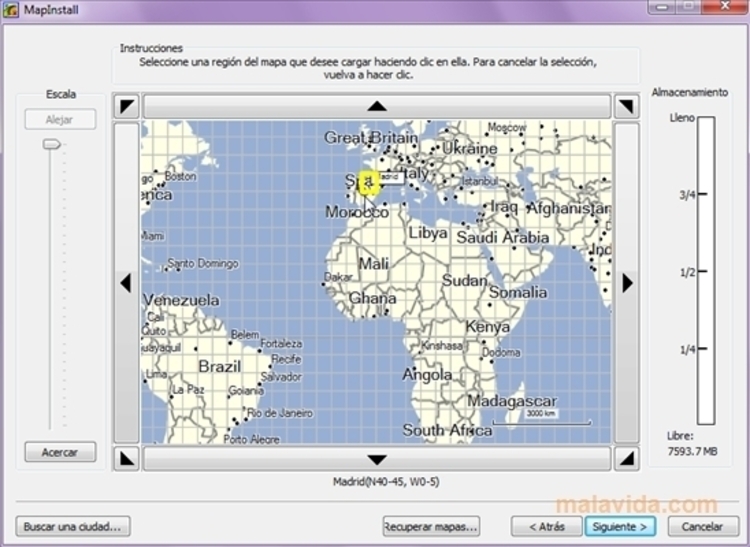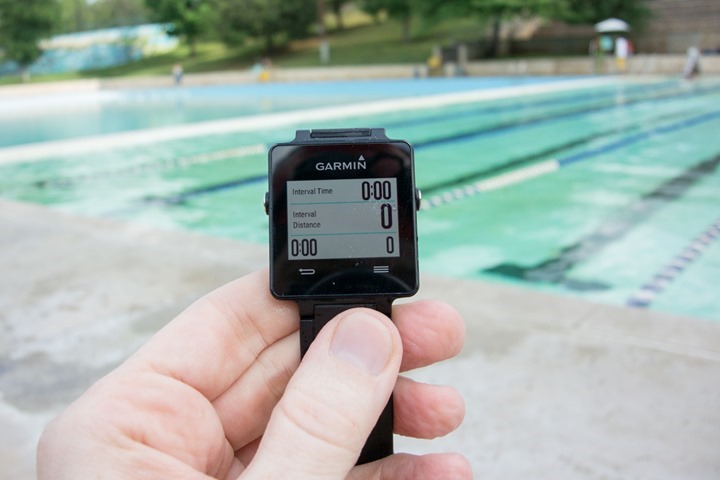

Recovery – Your lighter training load is allowing your body to recover, which is essential during extended periods of hard training. To see improvement, try adding more variety to your workouts or increasing your training volume. Maintaining – Your current training load is enough to maintain your fitness level. Be sure to plan recovery periods into your training to maintain your fitness level. Your training load is moving your fitness in the right direction. This peak state can only be maintained for a short time. Your recently reduced training load is allowing your body to recover and fully compensate for earlier training. Peaking – You are in ideal race condition. The recognized training states are below. In this situation, your training would be identified as “overreaching,” and additional recovery will be recommended. This trend is automatically identified, and your current training will be classified as “productive.” Similarly, you could find yourself training very hard but notice your fitness starting a pattern of decline. Similarly, it’s expected that regular hard training will improve your fitness levels, but watch out - push too hard too often, and your fitness level could start to decrease due to overtraining instead.Īs an example of how this works, imagine you’ve been training consistently for a number of weeks, and your fitness with normal, small day-to-day ups and downs is nevertheless increasing. Depending on your previous training load though, a break from normal training routines may actually result in an increase in fitness level. To explain in simple terms, when you stop training, it will affect your fitness. It considers changes in fitness level (your VO2 max), your current acute (7-day) training load and any change in your longer-term training load, giving you guidance to help you improve your training decisions. Provided by Firstbeat, the calculation utilizes several dimensions of your personal physiology.


Training status gives you an overview of your longer-term training habits to provide you with powerful insight into how your training is really going. Physiological Measurements Training Status What can you do with this calculated information? That’s up to you, but we’ve got some suggestions. If your device is showing you stats, but you want to know more about what they mean, then you’ve come to the right place. Select Garmin devices collect data while you work out in order to bring you these running metrics and physiological measurements. Physiological Measurements Training Status VO2 Max Recovery Time Training Load Training Load Focus Making the Most of Training Load Focus Heat and Altitude Acclimation ClimbPro Feature Daily Suggested Workout Training Effect Aerobic Training Effect Anaerobic Training Effect Training Effect Samples Lactate Threshold Race Time Prediction Real-time Stamina Performance Condition HRV Stress Test Heart Rate Variability EPOC Running Dynamics Ground Contact Time Ground Contact Time Balance Cadence Stride Length Vertical Oscillation Vertical Ratio Running Power Running Scienceīy monitoring key aspects of your running and fitness progress, you get a better look at your current performance level and what you need to do to keep up the good work or continue improving.


 0 kommentar(er)
0 kommentar(er)
